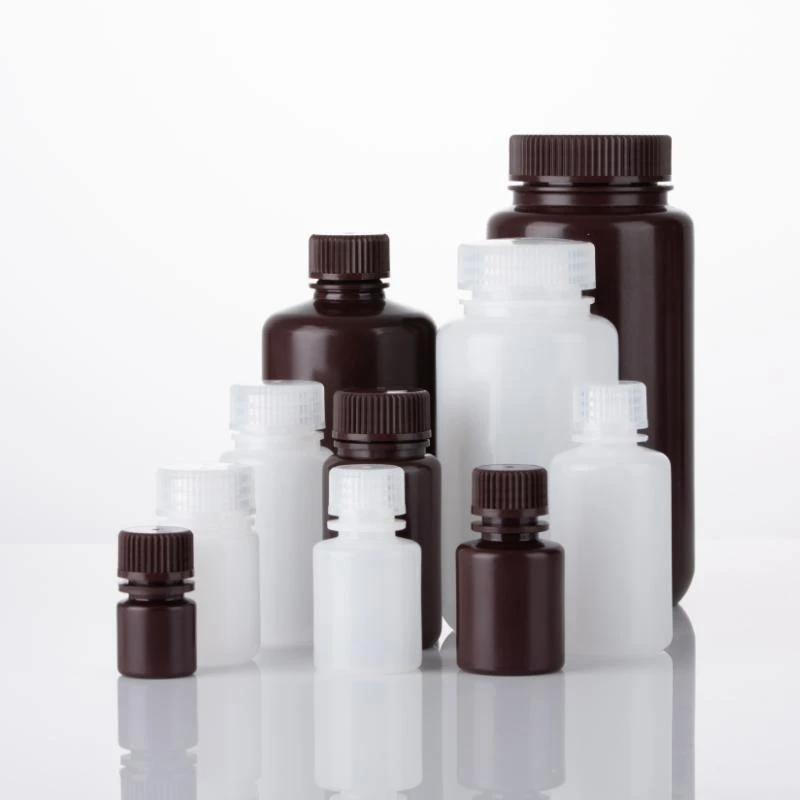Pill Container for Safe Medication Storage and Easy Access
The Story Behind the Medical Pill Bottle
In the modern world, few items are as ubiquitous as the medical pill bottle. Often overlooked and taken for granted, this simple container plays a vital role in our daily health routines. From the bustling pharmacy counters to our own kitchen cabinets, pill bottles assist in the management of medications, ensuring that millions of individuals adhere to their prescribed treatments. But have you ever considered the story behind this ordinary object?
The journey of the medical pill bottle began in the early 20th century when the pharmaceutical industry was beginning to burgeon. Before the introduction of standardized pill bottles, medications were often stored in loose, unmarked containers, making it difficult for patients to identify their medications correctly. This lack of organization posed significant risks, leading to medication errors that could result in serious health consequences. The need for a standardized, informative, and safe way to dispense medications became increasingly clear.
As a response to this demand, manufacturers began to develop pill bottles that not only secured the medication but also provided essential information. Today’s pill bottles are designed with child safety in mind, equipped with caps that are difficult for small hands to open. This is a crucial feature, considering the alarming statistics about accidental poisonings in children. The introduction of child-resistant caps represented a significant advance in public health, reducing the number of hospital visits due to accidental ingestion of medications.
Beyond safety, the medical pill bottle serves a critical informational purpose. Each bottle is adorned with labels that detail crucial information about the medication contained within the name of the medication, dosage instructions, potential side effects, and warnings regarding interactions with other drugs or alcohol. This labeling ensures that patients understand how to take their medications correctly, thereby enhancing adherence and promoting safer usage. The inclusion of expiration dates on pill bottles also underscores the importance of medication safety, advising users when it is time to dispose of any expired medications that could be ineffective or harmful.
medical pill bottle

The innovation and efficiency of medical pill bottles extend to pharmacies and healthcare facilities, where tracking and managing inventory is paramount. Modern pill bottles are often equipped with barcodes that streamline the dispensing process. Pharmacists can quickly scan inventory, ensuring that the right medication is provided to the patient, thus minimizing errors. This system not only promotes efficiency in the pharmacy but also enhances patient safety.
With the rise of digital health technology, the humble pill bottle is also evolving. Some bottles now come with smart technology that can remind patients when to take their medications. These smart pill bottles can sync with mobile applications to monitor adherence, send alerts, and even notify caregivers if doses are missed. This technological integration aims to empower patients in their health management journeys, bridging the gap between traditional medication management and modern technology.
However, while technological advancements enhance the functionality of pill bottles, it’s crucial to address the environmental impact of plastic waste generated from these containers. Pharmaceutical companies and innovators are exploring sustainable alternatives, such as biodegradable materials, to reduce the ecological footprint of pill bottles. Transitioning towards environmentally friendly options will not only benefit our health but also the planet.
In conclusion, the medical pill bottle, often seen as a mundane object, embodies a rich history and an ongoing evolution in healthcare. Its role in ensuring medication safety, improving adherence, and adapting to technological advancements highlights its importance in the contemporary health landscape. As we continue to innovate and adapt in the face of new challenges, the humble pill bottle will undoubtedly remain an essential component of our healthcare ecosystem, reminding us of its critical function in our well-being.
-
Aesthetic Makeup Spray Bottles | Fine Mist Empty RefillableNewsAug.19,2025
-
White Plastic Veterinary Vaccine Vials | Lab Liquid BottlesNewsAug.18,2025
-
Plastic Medicine Liquid Bottle: Secure Flip Top Drug VialsNewsAug.17,2025
-
Durable 250ml Blue Plastic Vaccine Vial for Lab & Vet UseNewsAug.16,2025
-
Sterile Virus Sample Tubes: Secure & Reliable Specimen CollectionNewsAug.15,2025
-
White 250ml Plastic Vaccine Vial for Lab & Vet MedicineNewsAug.14,2025
























